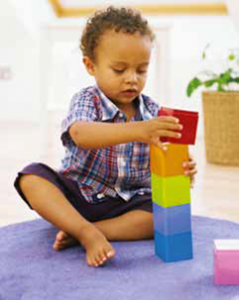The Department of Health and leading national charity The Children’s Society have developed an engaging and interactive e-learning course to help healthcare professionals and partners protect and identify children and young people at risk of abuse or exploitation.
This course is designed to enable all healthcare workers to spot the signs of child sexual abuse and exploitation, and help them create an environment where young people are more likely to disclose.
The hour-long course features a powerful drama about a young boy called Tyler, and raises awareness of what to look for when healthcare professionals come into contact with a child or young person. Applying the learnings from the course will help to create a widespread change in the way children and young people experience health settings.
Once you’ve completed the eLearning module, you can also sign up to become a Seen and Heard champion and spread the word about the course to others. Just one hour of this training could change a child’s entire life for the better.
More information and resources on CSE can also be accessed via the Health Education England CSE webpage and NHS Choices.
The Children’s Society is very keen to hear back from organisations and individuals with testimonials or examples of how the training is being used. Please contact [email protected] with any feedback.
About Seen and Heard
Help change children’s lives by sharing Seen and Heard: One in 20 children in the UK has been sexually abused. Many of these children and young people want to disclose their abuse, but don’t feel they can. Commissioned by the Department of Health, The Children’s Society has produced an e-learning package for staff in all healthcare services. The package, which includes a hard hitting film, will reach more than 750,000 healthcare professionals.
Sparking organisational change: All staff working in healthcare settings should know the signs of child sexual exploitation and abuse and feel confident to step in and support a child or young person who may be at risk. The training was designed with the Department of Health as part of their Child Sex Abuse strategy to change organisational culture and practice. Healthcare workers will be able to look beyond the symptoms children and young people present with to see if there are underlying issues. By picking up incidents of abuse and exploitation sooner, pressure will be relieved on the healthcare system, and ultimately, the criminal justice system too.
Young people at the heart: Children and young people were involved from the beginning in its development. The Children’s Society made sure the experts, children and young people themselves were at the heart of the training. They found out what it’s like to be a child or young person accessing health services. The aim is to make sure professionals in health settings and beyond make children and young people who have been exploited or abused feel welcomed, at ease and able to disclose what they’ve been through.




